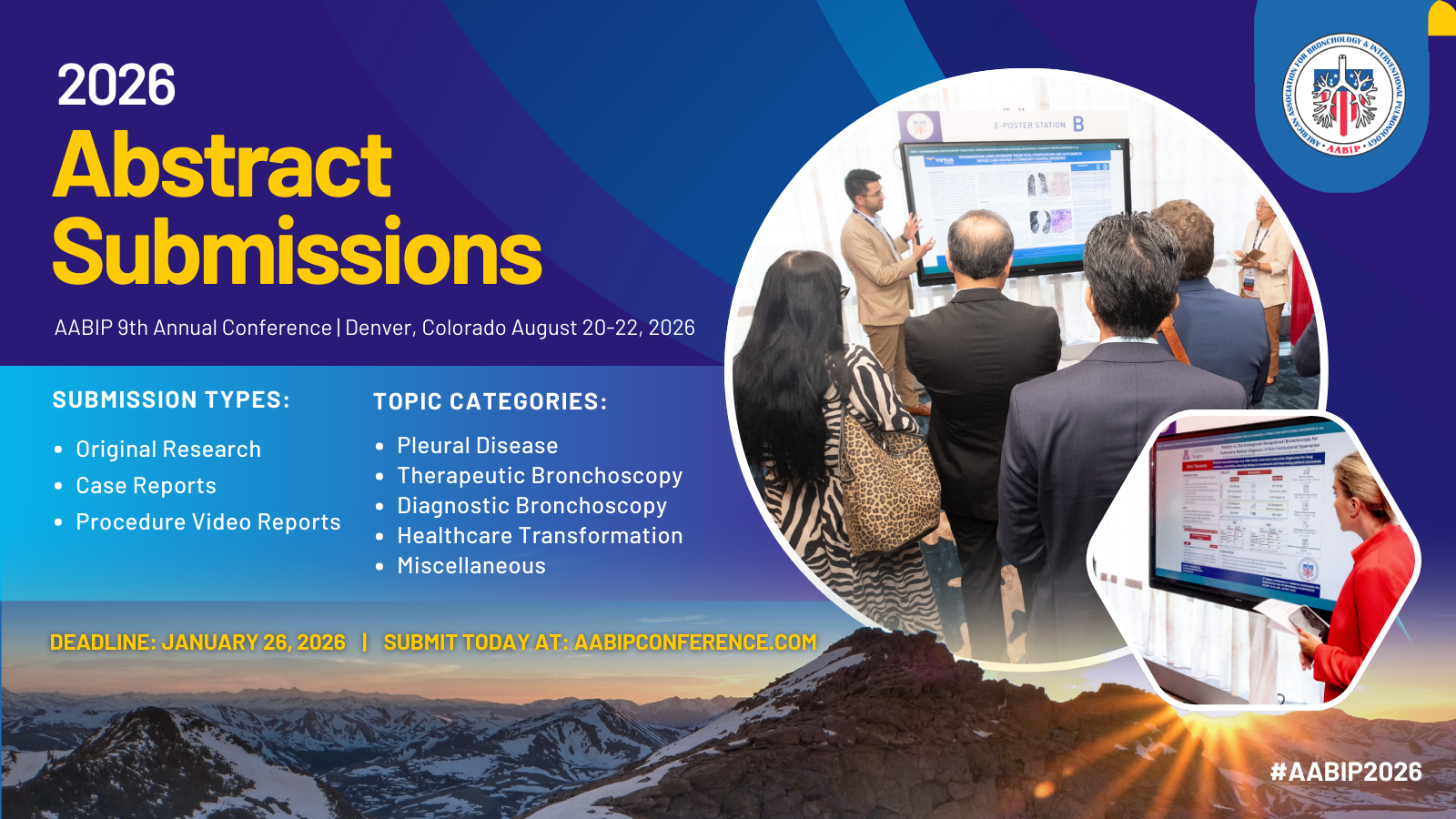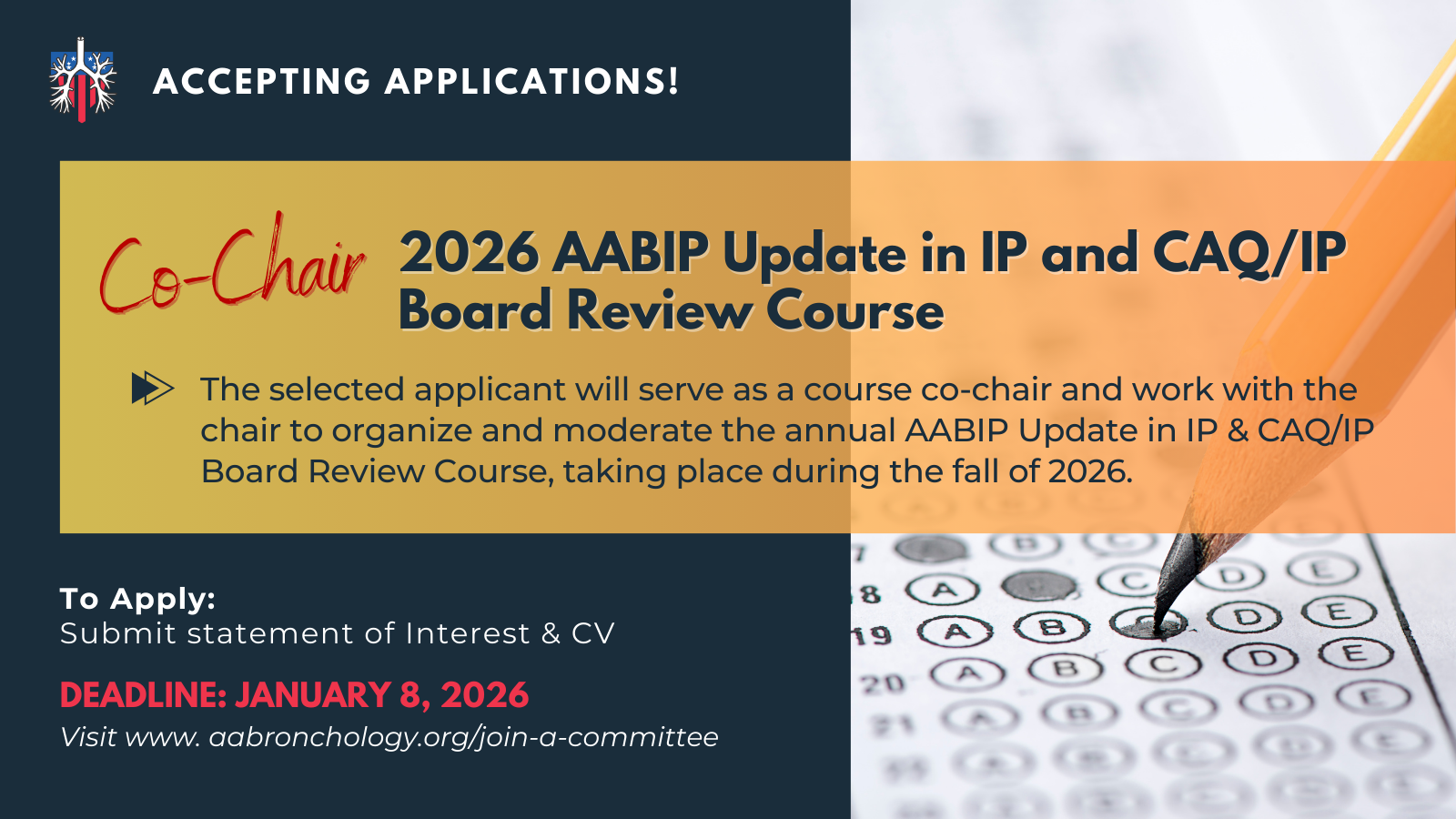https://www.ncbi.nlm.nih.gov/pubmed/11020566
Landmark Article
Reference: Kelly JF, Delclos ME, Morice RC, Huaringa A, Allen PK, Komaki R. High-dose-rate endobronchial brachytherapy effectively palliates symptoms due to airway tumors: the 10-year M. D. Anderson cancer center experience. Int J Radiat Oncol Biol Phys. 2000;48(3):697-702.
Summary: HDR-EBBT effectively palliates most patients’ symptoms caused by endobronchial lesions. It also correlated to overall survival benefit in this retrospective study.
American Brachytherapy Society consensus guidelines for thoracic brachytherapy for lung cancer
https://pubmed.ncbi.nlm.nih.gov/26561277/
Guideline
Reference: Stewart A, Parashar B, Patel M, et al. American Brachytherapy Society consensus guidelines for thoracic brachytherapy for lung cancer. Brachytherapy. 2016;15(1):1-11.
Summary: This is the American Brachytherapy Society’s consensus guidelines for brachytherapy for treatment of lung cancer. This includes recommendations on patient selection, treatment planning, dose schemes, and other technical aspects and considerations.
Combined Nd-YAG laser/HDR brachytherapy versus Nd-YAG laser only in malignant central airway involvement: a prospective randomized study
https://pubmed.ncbi.nlm.nih.gov/10699690/
Clinical Trial
Reference: Chella A, Ambrogi MC, Ribechini A, et al. Combined Nd-YAG laser/HDR brachytherapy versus Nd-YAG laser only in malignant central airway involvement: a prospective randomized study. Lung Cancer. 2000;27(3):169-175.
Background: Tumor debulking using laser is a palliative intervention for malignant central airway obstruction (MCAO) that may have short-lived benefits. This is a prospective randomized study to evaluate whether the addition of brachytherapy to Nd-YAG therapy can prolong the palliative effects of therapeutic bronchoscopy on MCAO in inoperable or recurrent lung cancer.
PICO:
Population –
- 29 patients with NSCLC and MCAO who were not candidates for surgical, chemotherapeutic, or external beam radiation treatments with an expected survival of ≥2 months and WHO performance score of ≤2
Intervention –
- 14 patients underwent Nd-YAG laser debulking followed by high dose rate (HDR) brachytherapy
Comparison –
- 15 patients underwent Nd-YAG laser debulking only
Outcome –
- Overall improvement was seen in all cases of hemoptysis and stridor, 76% of cases with dyspnea, and 48% of cough
- Patients who were treated with brachytherapy and were asymptomatic after treatment remained symptom-free for 5.4 months longer than the laser-only group (8.5 vs 2.8 months). The brachytherapy group also had 5.3 months longer of progression-free survival (7.5 vs 2.2 months)
- The number of bronchoscopies were reduced from 15 to three in the brachytherapy group
Take home: The addition of brachytherapy to tumor debulking with Nd-YAG may improve the duration of symptom and local disease control when compared to Nd-YAG alone in patients with central malignant airway disease who are not candidates for surgery, chemotherapy, or external beam radiotherapy.
External irradiation versus external irradiation plus endobronchial brachytherapy in inoperable non-small cell lung cancer: a prospective randomized study
https://pubmed.ncbi.nlm.nih.gov/11230886/
Clinical Trial
Reference: Langendijk H, de Jong J, Tjwa M, et al. External irradiation versus external irradiation plus endobronchial brachytherapy in inoperable non-small cell lung cancer: a prospective randomized study. Radiother Oncol. 2001;58(3):257-268.
Background: This is a randomized controlled trial evaluating the use of endobronchial brachytherapy in addition to external beam radiotherapy (XRT) to palliate respiratory symptoms in patients with NSCLC.
PICO:
Population –
- 95 patients with treatment-naïve stage I-IIIb NSCLC with an endobronchial tumor in the proximal airways and a WHO performance status of 0-3
Intervention –
- 48 patients received brachytherapy + XRT
Comparison –
- 47 patients received XRT alone
Outcome –
- In the brachytherapy + XRT arm, pre-existing atelectasis improved in 57% of patients while no patients had new atelectasis. Inspiratory vital capacity (IVC) also improved from 68% to 78% predicted
- In the XRT-only arm, atelectasis improved in 35% of patients and new atelectasis developed in 14% of patients who previously had none. IVC slightly decreased from 72% to 69% predicted
- Patients treated with brachytherapy + XRT with mainstem bronchi tumors had improvement in their dyspnea that persisted for up to three months. Meanwhile, patients treated with XRT alone had progressively worsening dyspnea. No difference was seen for lobar tumors
- There were no significant differences between the groups for cough, hemoptysis, pain, and median survival
Take home: Adding brachytherapy to external beam radiotherapy decreases atelectasis but transient symptomatic improvement was only seen in patients with central tumors. There was no significant change in other respiratory symptoms. As such, authors did not recommend the addition of brachytherapy to standard treatment regimens but suggested it should be considered for palliating dyspnea in patients with mainstem tumors. It should be noted that this study ended prematurely due to insufficient patient accrual.
Clinical and quality of life outcomes in the first United Kingdom randomized trial of endobronchial brachytherapy (intraluminal radiotherapy) vs. external beam radiotherapy in the palliative treatment of inoperable non-small cell lung cancer
https://pubmed.ncbi.nlm.nih.gov/10974381/
Clinical Trial
Reference: Stout, R - Radiother Oncol (2000) Clinical and quality of life outcomes in the first United Kingdom randomized trial of endobronchial brachytherapy (Intraluminal radiotherapy) vs. external beam radiotherapy in the palliative treatment of inoperable non-sm.pdf
Background: This is a randomized controlled trial comparing endobronchial brachytherapy to external beam radiotherapy (XRT) as the primary palliative intervention for inoperable NSCLC.
PICO:
Population –
- 99 patients with treatment-naïve stage I-III NSCLC with WHO performance status of 0-2. Patients with chest pain or dysphagia due to chest wall or mediastinal involvement were excluded
Intervention –
- 49 patients received brachytherapy in a single 15 Gy dose
Comparison –
- 50 patients received XRT with 30 Gy in 8 fractions over 10-12 days
Outcome –
- Quality of life: There was a statistically significant greater improvement in chest pain, anorexia, fatigue, and nausea at eight weeks in the XRT group compared to the brachytherapy group. At 16 weeks, only fatigue remained more improved in the XRT group
- Based on clinicians’ assessments, good global palliation was achieved in 91% of the XRT group and 76% in the brachytherapy group – this difference was not statistically significant
- Based on patients’ assessments, good global palliation was achieved in 83% of the XRT group and 59% of the brachytherapy group
- There was less dysphagia in the brachytherapy group at four weeks, but this difference disappeared at eight weeks
- There was a modest improvement in survival in the XRT group (median survival of 287 vs 250 days)
Take home: As the primary palliative intervention for inoperable NSCLC, XRT provides better, and more sustained palliation compared to brachytherapy as well as a modestly improved survival.








